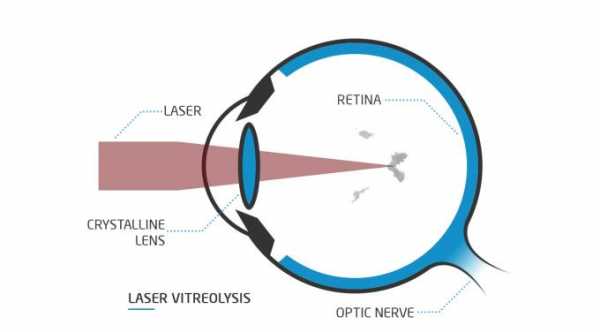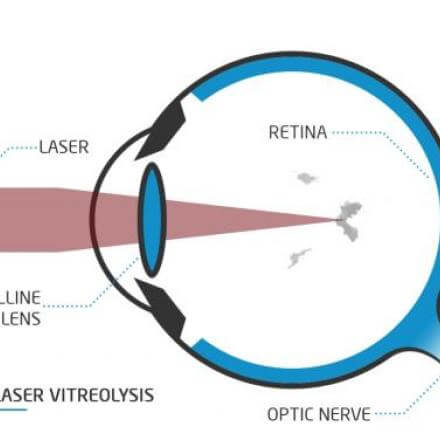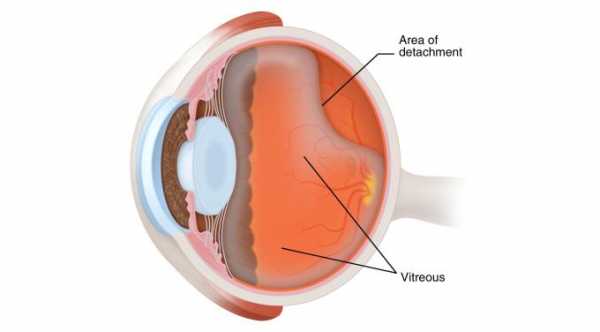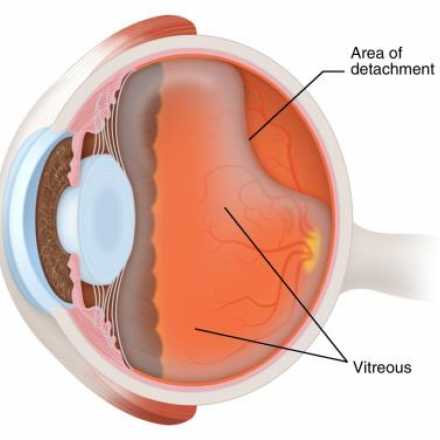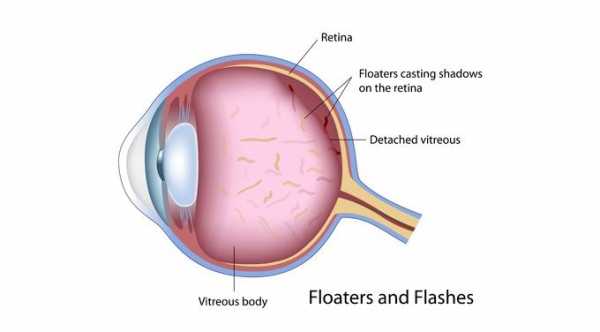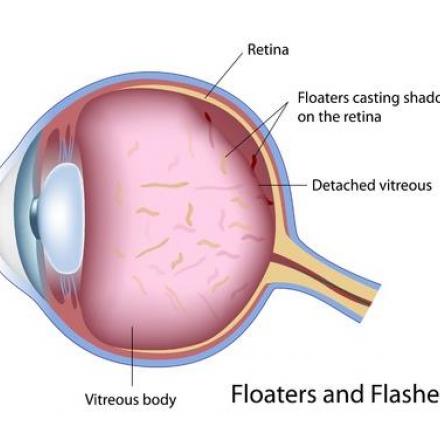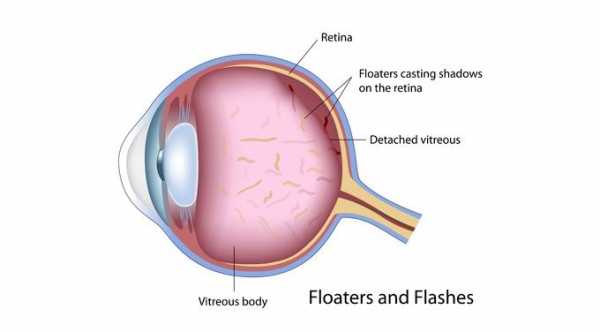
Vitreous Syneresis
In Vitreous Syneresis, there is a liquefaction of the vitreous body. The eye consists of two segments, the anterior or the front segment which lies in front of the lens and is filled with aqueous humor. Aqueous Humor is a translucent fluid that is secreted by the ciliary process.
The posterior or the back segment of the eye lies behind the natural lens and is filled with vitreous humor or vitreous body which attaches to the inner layer of the retina.
During childhood, the vitreous body is clear and is jellylike material. Later in life, vitreous normally undergo liquefaction and it changes from jellylike material to fluid like material in a process called syneresis of vitreous and this causes the collagen fibers within the vitreous to form strands.
Liquified Vitreous can be detached easily from the retina. With each eye movement, those strands will also move, causing black spots in vision or eye floaters.
Syneresis of vitreous is a normal aging process that starts to appear around the 50s. There are certain factors that can accelerate this natural process in which it can occur at an earlier age, such as myopic patient. In myopia, the axial length of the eye is longer than normal. Liquefaction of vitreous can also occur earlier after eye trauma, intraocular inflammation and even after eye surgery.
Sometimes cured ocular pathological diseases can accelerate this natural process.
Till these days, there are no definite eye drops or medications that can be used to treat this condition or prevent it from happening. Eye Floaters caused by syneresis usually have no complications and patients will get used to them by brain adaption.
With time, that can range from few weeks to a few years, your brain will adapt the presence of these floaters and will ignore them and the patient will no longer see them.



